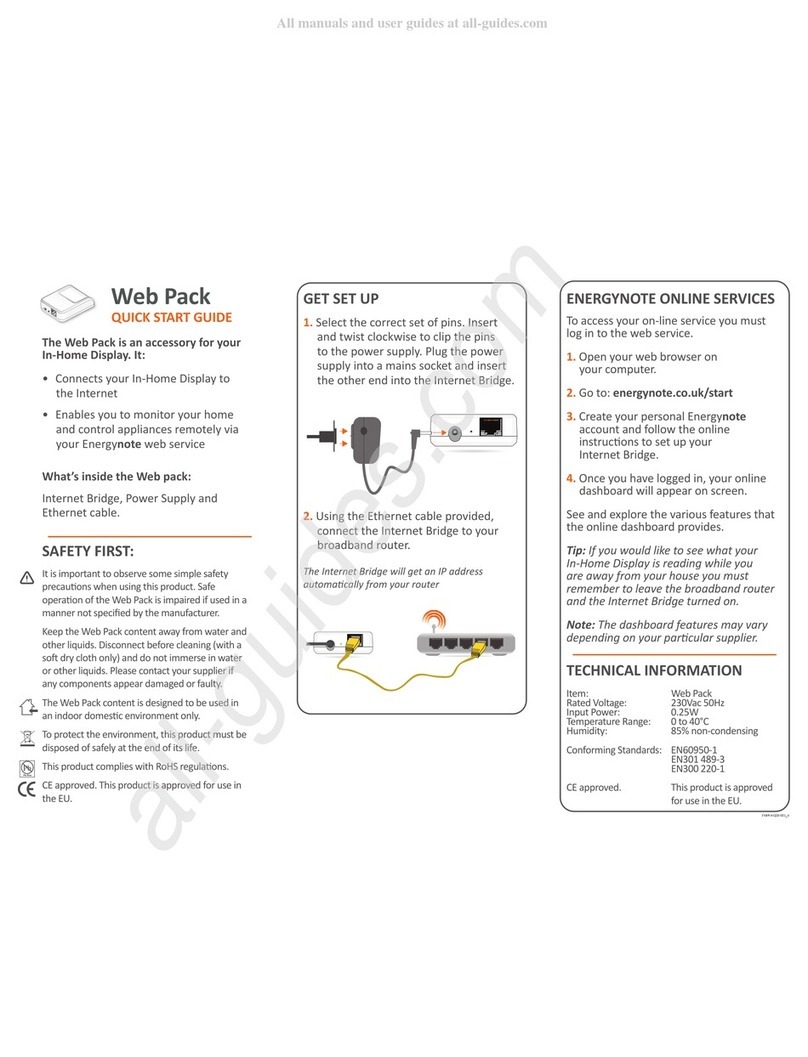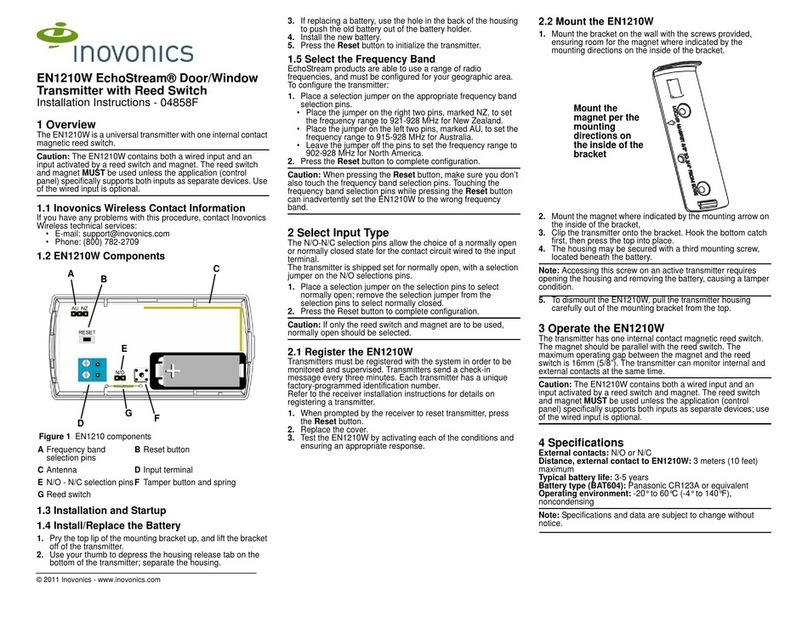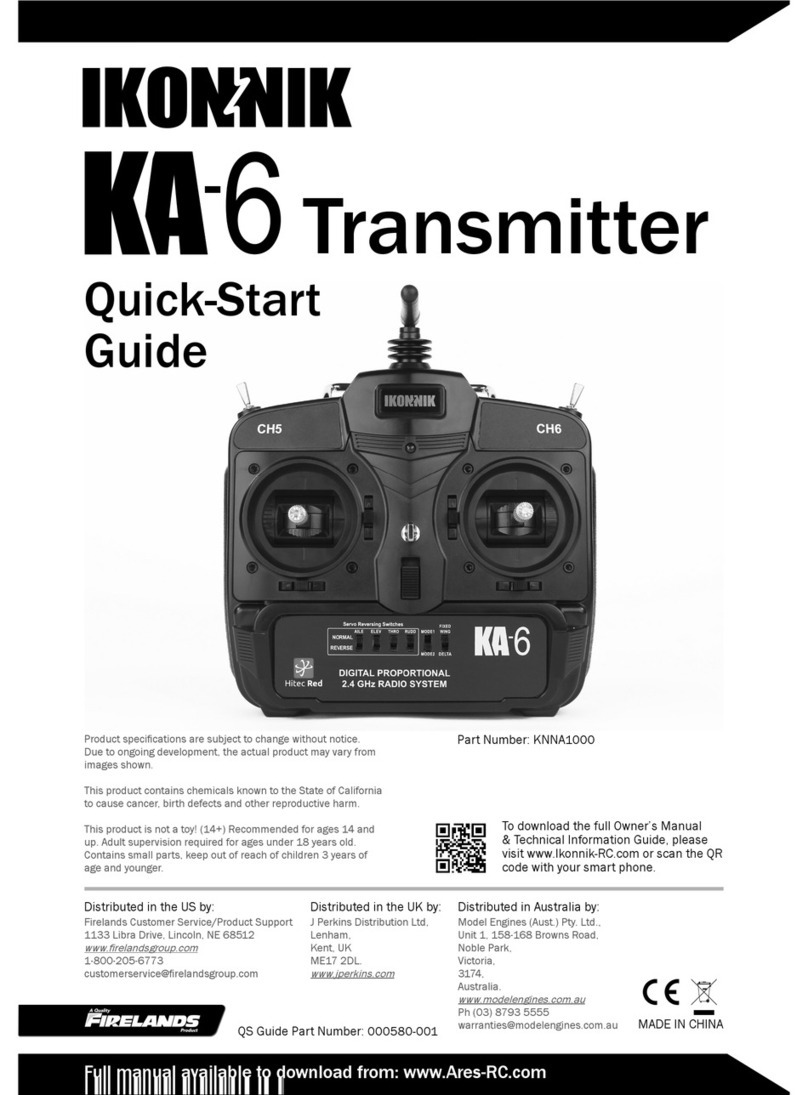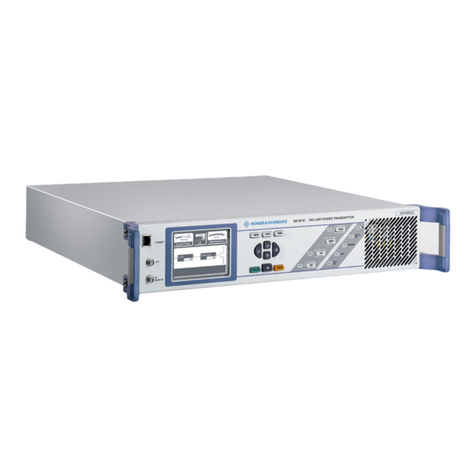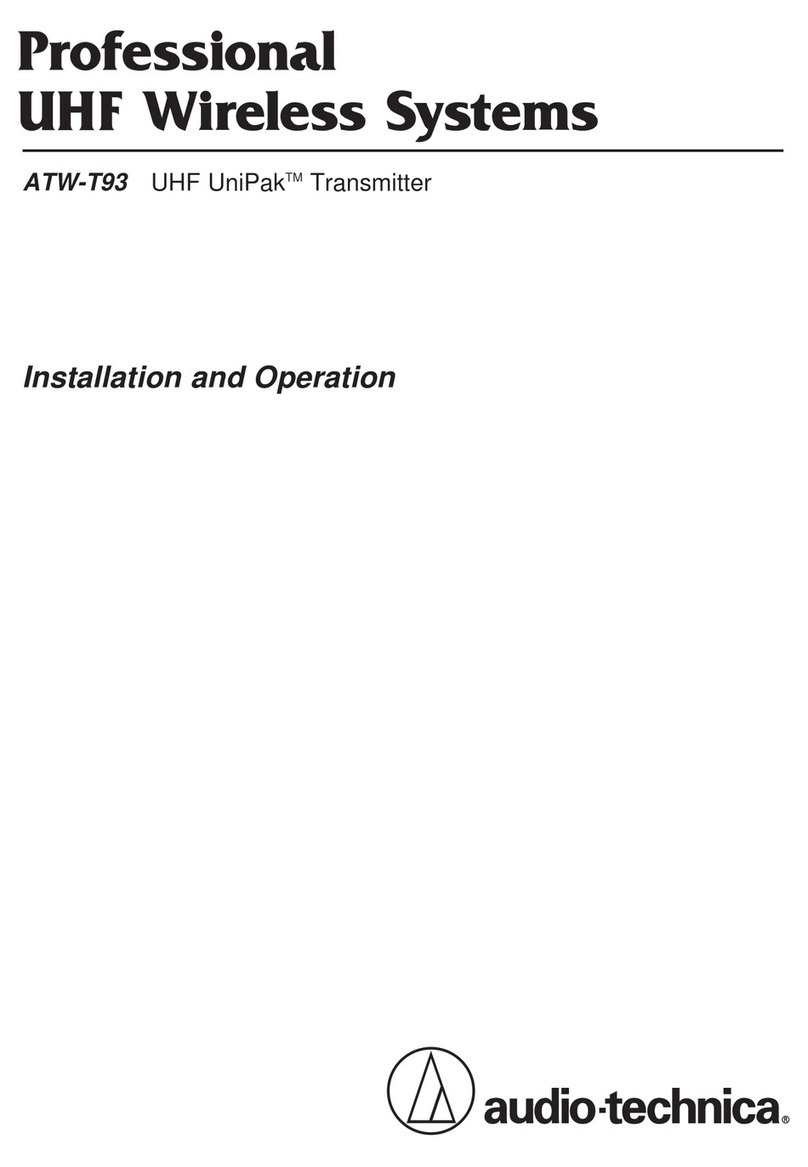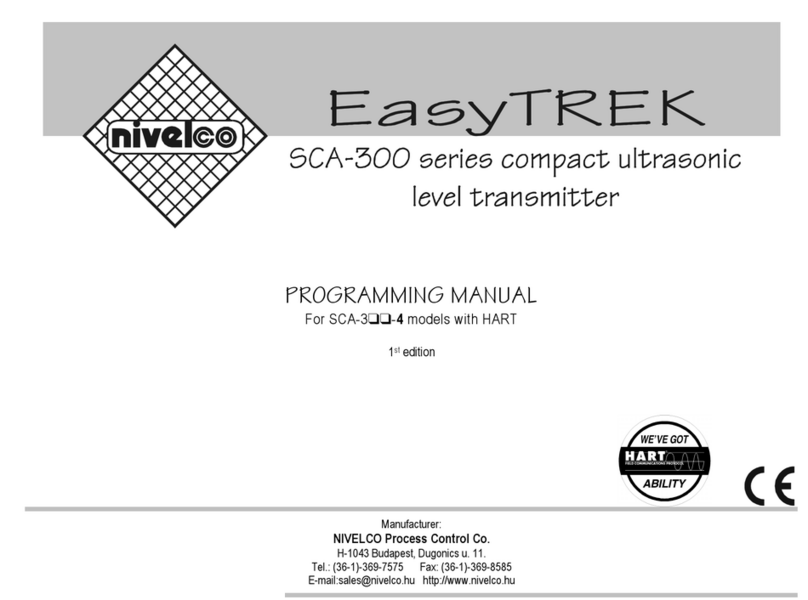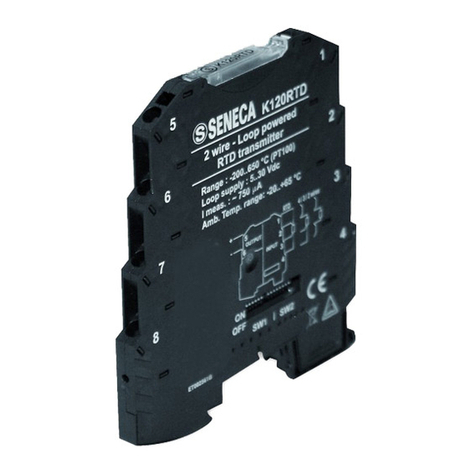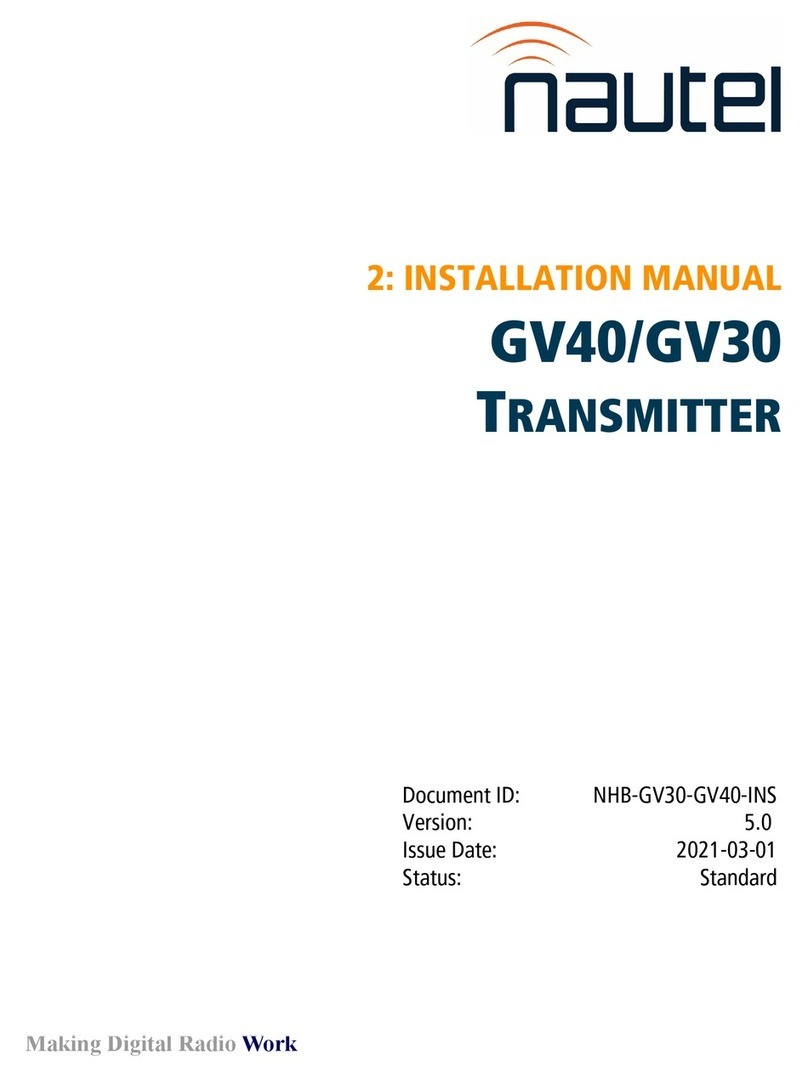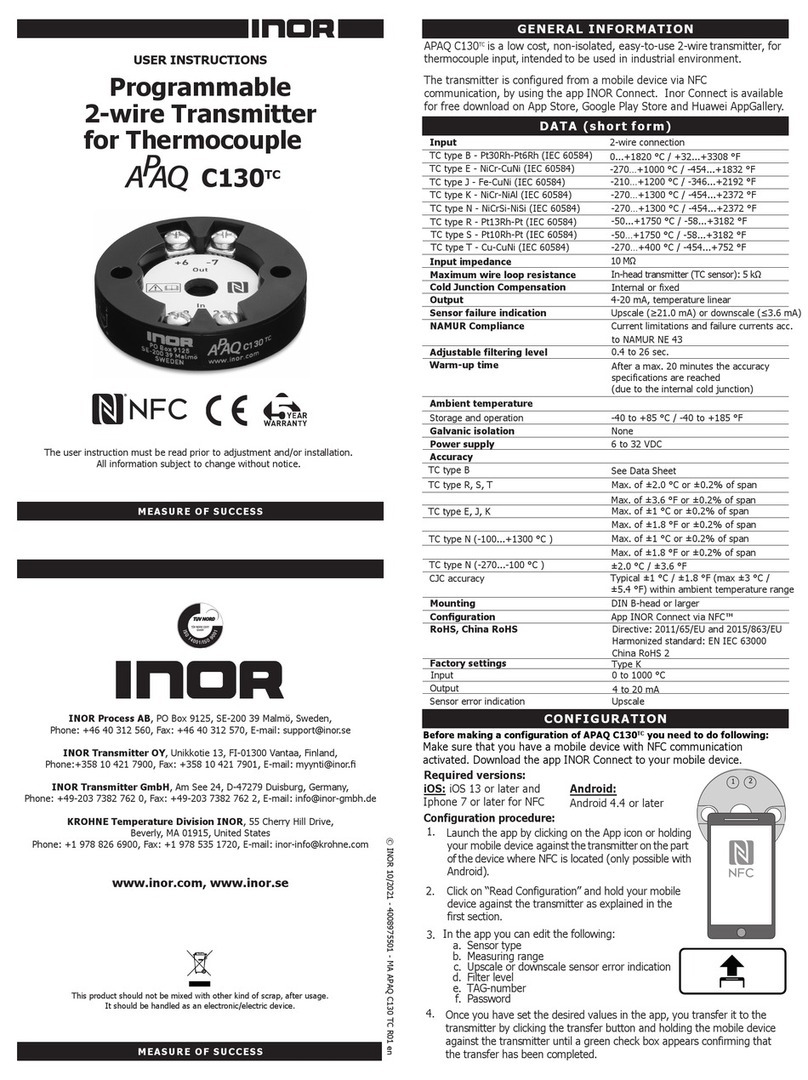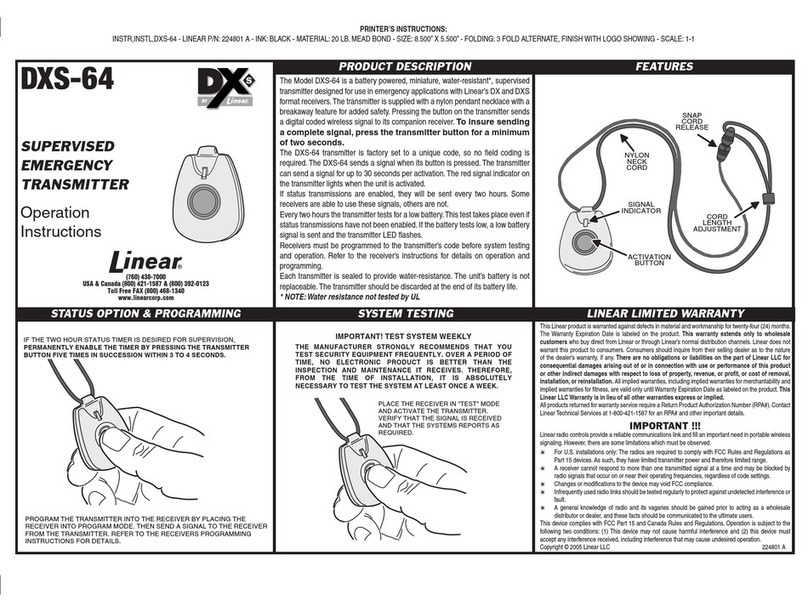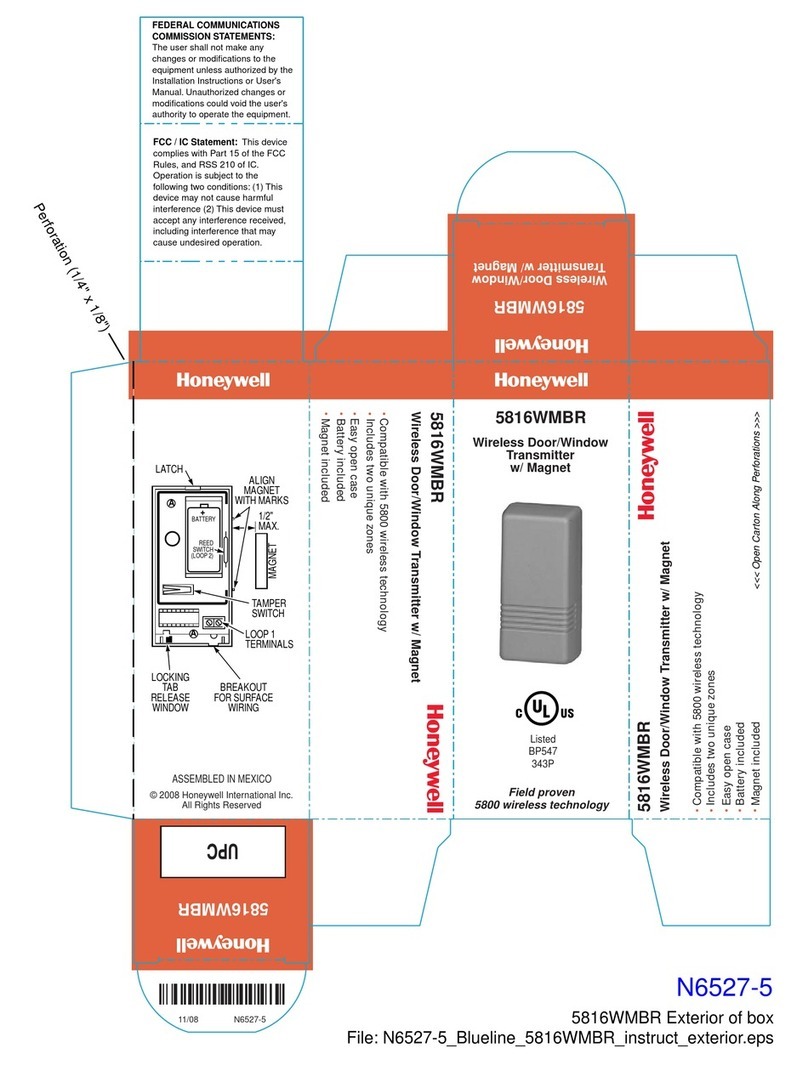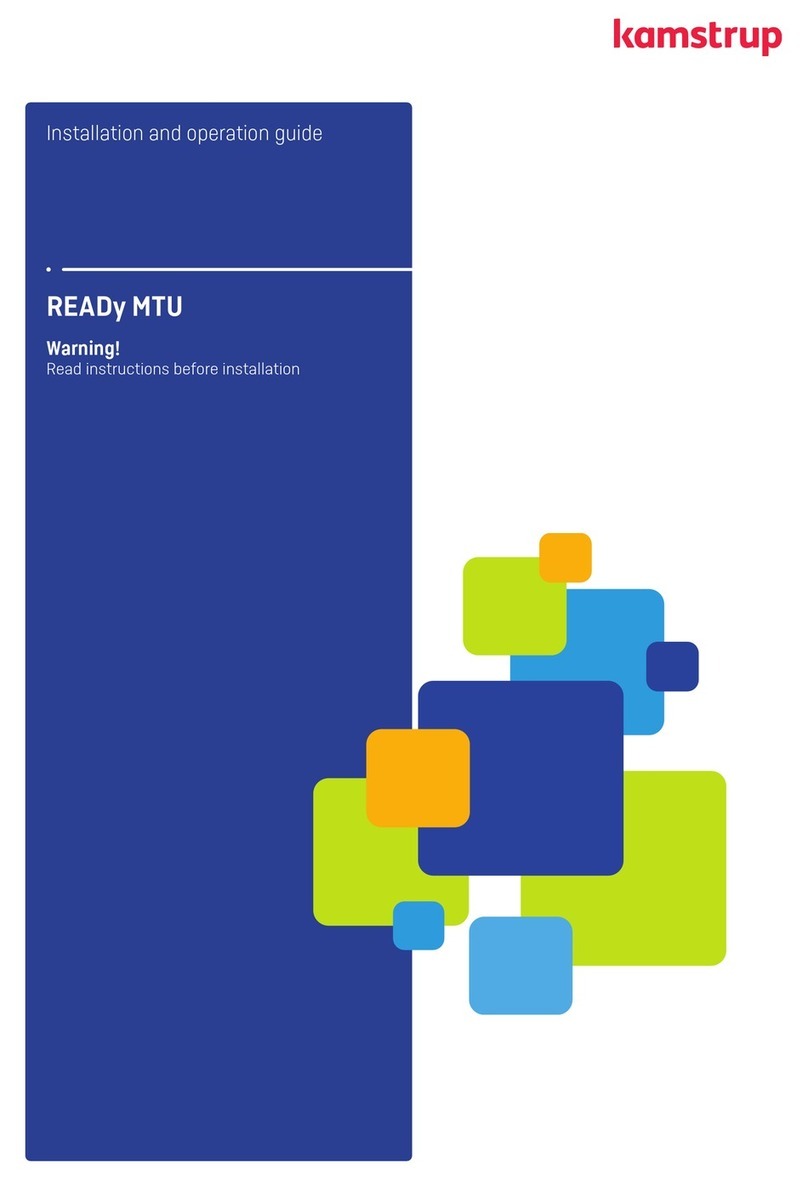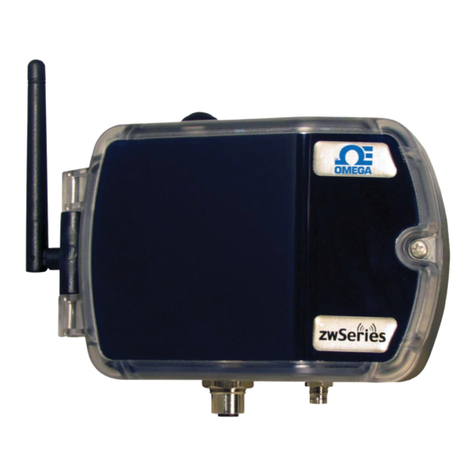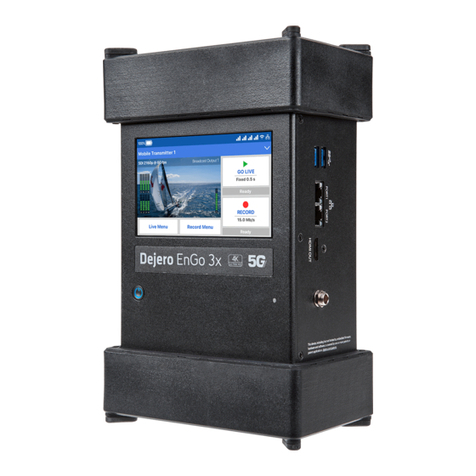Page 6 Fiberlink® 7500 Series User’s Manual
Fiberlink® 7500 Series
Installation Instructions
The Fiberlink® 7500 Series of ber optic transmission systems are ready for
immediate use and do not require any special tools or equipment. However, an Optical
Power Meter, such as the Fiberlink® 6615, can be useful in determining optical loss budgets
during your systems design and system maintenance.
The following instructions describe the typical installation procedure:
1) Power o your computer and the 7500 Series units.
2) Connect the DVI video source (Computer) to the video input DVI-D
connector on the transmitter unit.
3) Determine your EDID requirements and follow the procedures described in the
“Triple EDID Function” section of this manual.
4) Connect the video output(s) on the receiver unit to the DVI-D connector(s).
5) Connect the ber optic cable between the two Fiberlink units.
6) Connect the audio input signals to the transmitter stereo jack and the
audio output to the receiver stereo jack.
7) Apply power to both the Fiberlink units and the computer.
For box versions using DC power connections, refer to Figure 1.
8) When power is applied, the green POWER LED will light, indicating the presence
of operating power. The VIDEO LED will give an indication as described on page 13.
The green AUDIO LED will give an indication as stated on page 13.
9) The system should now be operational.
Note:
7500, 7501 and 7502 are not compatible with 7510, 7511, 7512, 7514, 7515, 7516
7510, 7511 and 7512 are not compatible with 7500, 7501, 7502, 7514, 7515, 7516
7514, 7515 and 7516 are not compatible with 7500, 7501, 7502, 7510, 7511, 7512
Note: The Rack Card version has an additional red LED for indicating the presence of an alarm
condition (loss of signal). Refer to Indicator LED’s and Alarm Switch Settings & Options sections
of this manual.
Installation Instructions
The transmitting element in the Fiberlink® 7500 transmitter
unit contains a solid state Laser Diode located in the optical
connector. This device emits invisible infrared electromag-
netic radiation which can be harmful to human eyes. The ra-
diation from this optical connector, if viewed at close range
with no ber optic cable connected to the optical connector,
may be sucient intensity to cause instantaneous dam-
age to the retina of the eye. Direct viewing of this radiation
should be avoided at all times!
